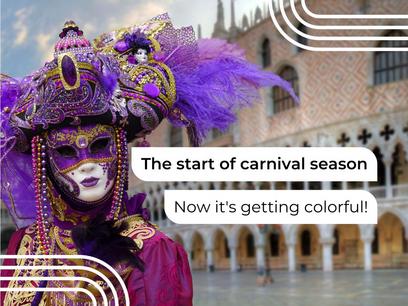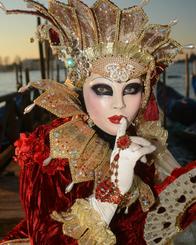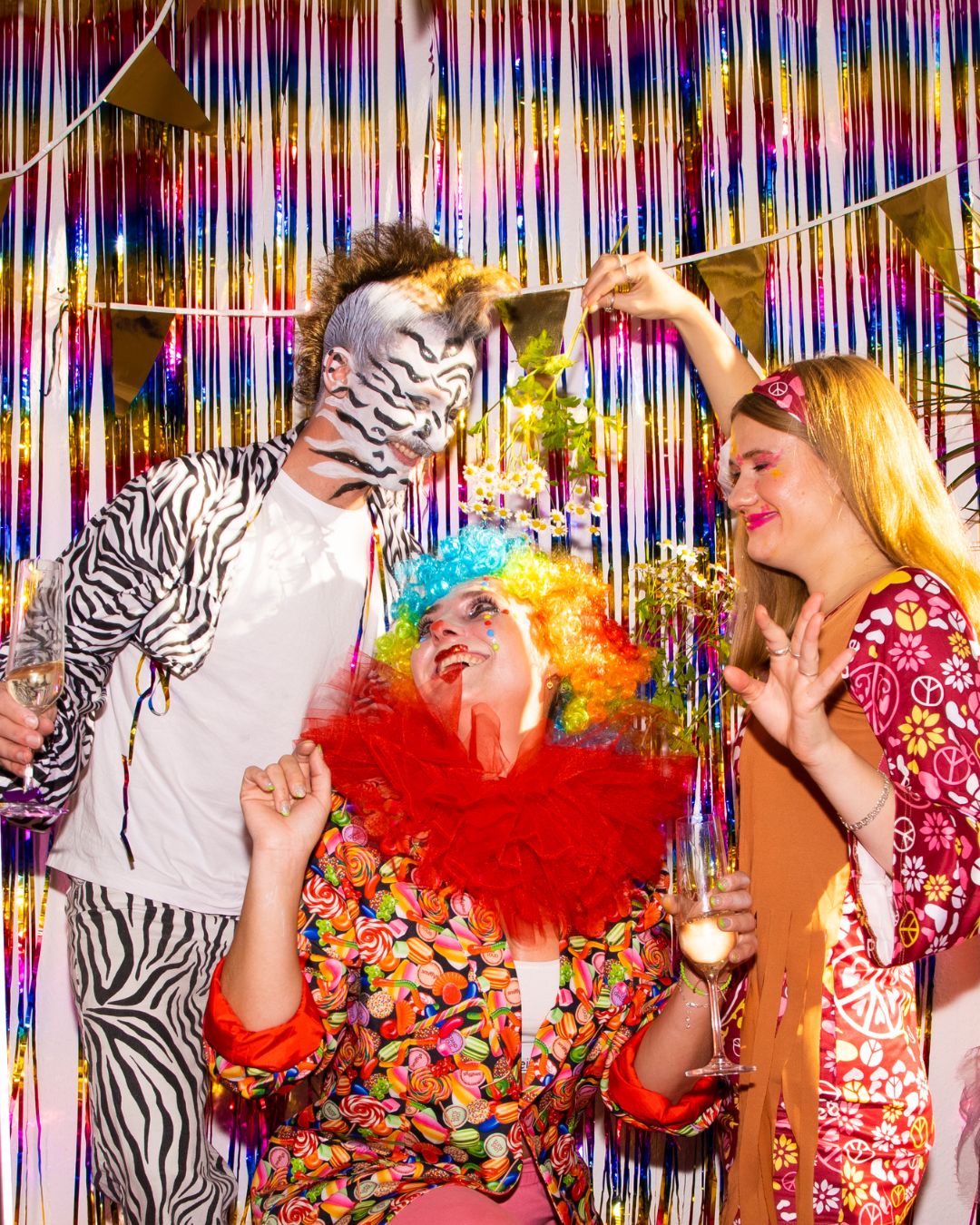The start of carnival - when everyday life takes a break and the confetti takes over
11. Nov 2025

On November 11 at 11:11 a.m., it officially begins: the fifth season. For many people, this is the moment when it's time to get out their costumes, put on the glitter and join in the colorful hustle and bustle! But where does it all come from - and why do we celebrate carnival at all?
A celebration with history 🎊
The history of carnival goes back a long way - to the Middle Ages. Even back then, people wanted to really enjoy themselves before the start of Lent: eat well, dance, drink and have fun before 40 days of abstinence followed.
The term carnival is derived from the Middle High German word vaschang, which means "fasting bar" - in other words, the last serving before fasting.
Over time, this developed into a festival culture of its own, which is celebrated differently in many regions of Germany today. While carnival is celebrated in the Rhineland, Fastnacht in southern Germany and Fasching in Bavaria, the focus is the same everywhere: joie de vivre, community and good cheer.

Claddings with meaning 🎭
Today, we love dressing up - whether as a superhero, princess or clown. But originally, dressing up had a completely different purpose.
In the Middle Ages, it was believed that ghosts and demons mingled with people at this time. With masks, loud music and colorful costumes, people wanted to drive away the evil spirits and attract the good.
This is how the once spooky customs became cheerful, exuberant celebrations that still brighten up the dark winter months today.
Why actually on 11.11.? 🕰️
It is no coincidence that carnival always begins on November 11 at 11:11 am. The number eleven is a symbol of equality and fool's freedom - it stands between the orderly ten and the holy twelve and thus embodies the "in-between", the unconventional.
Even in the past, this meant that for a limited time, people were allowed to step out of character, parody authorities and simply laugh at themselves.
However, things only really get going in the new year: after Epiphany, the big parades, balls and carnival celebrations start in many places and continue until Ash Wednesday.
🍩 Sweets are part of it - the Krapfen
What would carnival be without Krapfen? Whether filled with jam, vanilla or chocolate - the golden-yellow pastries are a real classic. In the past, the time before Lent was seen as an opportunity to feast once again - and fatty foods such as Krapfen were perfect for this. Everything that could no longer be stored before Lent was used when frying in hot fat. Today, Krapfen are simply a symbol of indulgence and tradition - and should not be missing from any carnival breakfast.
And now let's be honest: what do you call them - Krapfen, Berliner or something completely different? 😄
🎉 How to celebrate today
Carnival has long been more than just a religious festival - it is an expression of creativity, joy and solidarity. Whether at colorful parades, in schools or companies: There is a good atmosphere everywhere. People slip into different roles, let their imaginations run wild and celebrate life.
Especially in times when everyday life is often stressful, carnival reminds us that laughter and light-heartedness are just as important as duties and plans.
💫 A little more glitter in everyday life
Whether you throw yourself into a new costume every year, join in the celebrations just for the doughnuts or simply enjoy the good atmosphere - carnival brings color into the grey November.
✨ So: costume on, music on - it's carnival time again!
0Noch keine Kommentare
Die mit einem Sternchen (*) gekennzeichneten Felder sind Pflichtfelder. Bitte fülle diese aus, um deine Kommentare erfolgreich abgeben zu können.
My name is Carolin, I'm 17 years old and I'm currently supporting the HR marketing team as part of my apprenticeship as an e-commerce clerk.
Look forward to interesting blog posts and take a look behind the scenes of the BAUR Group with us.
Enjoy reading! 😊





